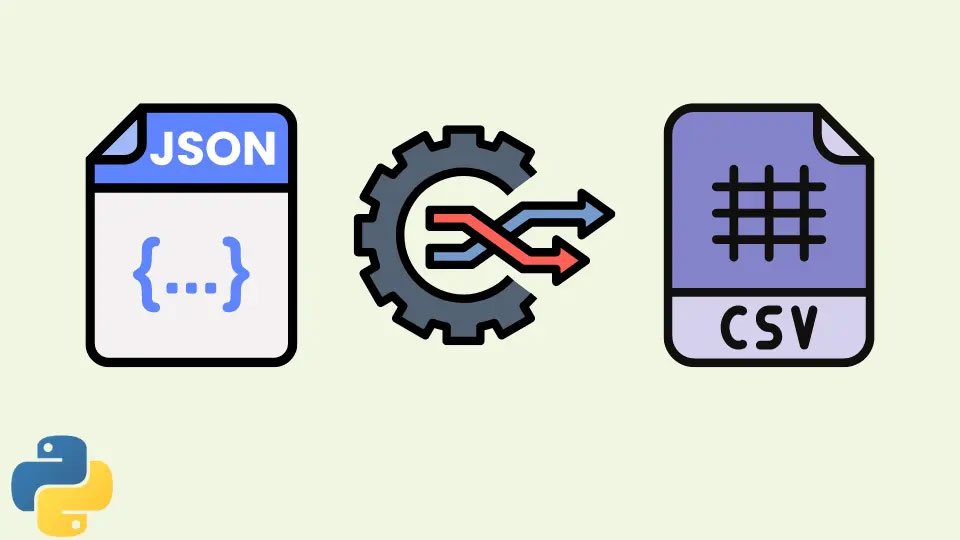Data wrangling in Python is a crucial step in the data analytics process. It involves transforming and preparing raw data into a structured format suitable for analysis. Python, with its powerful libraries and versatile tools, has become a popular choice for data wrangling tasks. In this article, we will explore the fundamentals of data wrangling in Python and discover how it can simplify your analysis.
What is Data Wrangling in Python?
Data wrangling, also known as data munging, is the process of cleaning, transforming, and enriching raw data to make it suitable for analysis. It involves tasks such as handling missing values, removing duplicates, correcting data inconsistencies, and structuring data in a way that facilitates analysis. By performing data wrangling, analysts can ensure the quality and integrity of the data, enabling more accurate and reliable insights.

You’re reading the article, Introduction to Data Wrangling in Python: Simplifying Your Analysis.
Data Mapping
One essential aspect of data wrangling is data mapping. Data mapping involves aligning data from different sources based on common attributes or keys. For example, if you have data from two separate databases, data mapping helps you merge or join the datasets using a shared identifier, such as a customer ID or product code. Python provides powerful libraries like pandas that offer efficient data manipulation functions for performing data mapping operations effortlessly.
Data Validation
Data validation is another critical step in data wrangling. It involves checking the quality and integrity of the data to ensure its accuracy and consistency. Python provides various libraries and tools for data validation, such as pandas and NumPy. These libraries allow you to perform checks on data types, range constraints, and logical inconsistencies. By validating your data, you can identify and handle errors or outliers before proceeding with your analysis, ensuring the reliability of your results.
You’re reading the article, Introduction to Data Wrangling in Python: Simplifying Your Analysis.
Simplifying Data Wrangling with Python
Python offers several features and libraries that simplify the data wrangling process:
- Pandas: The Pandas library is a powerful tool for data manipulation and analysis in Python. It provides flexible data structures, such as DataFrames, which allow you to easily handle and transform data. With pandas, you can efficiently perform tasks like filtering, sorting, grouping, and aggregating data.
- NumPy: NumPy is a fundamental library for numerical computing in Python. It provides efficient data structures and functions for working with large arrays and matrices. NumPy’s mathematical operations and array manipulation capabilities are invaluable for data wrangling tasks that involve numerical data.
- Regular Expressions: Regular expressions are a powerful tool for pattern matching and text manipulation. Python’s re-module allows you to perform complex string operations, making it useful for tasks like data extraction, cleansing, and pattern recognition during data wrangling.
- Data Visualization Libraries: Python offers libraries such as Matplotlib and Seaborn for data visualization. Visualizing your data during the wrangling process can help you gain insights, identify patterns, and detect outliers more effectively.
You’re reading the article, Introduction to Data Wrangling in Python: Simplifying Your Analysis.
Conclusion
Data wrangling is a crucial step in the data analytics process, and Python provides a robust and versatile environment for performing these tasks efficiently. By utilizing Python libraries like pandas, NumPy, and regular expressions, you can simplify data wrangling and ensure the quality and reliability of your data. By mastering data wrangling techniques in Python, you can streamline your analysis and unlock valuable insights from your data.
Start simplifying your data wrangling today with Python and unleash the true potential of your data analytics endeavors.
Read this article, 7 Must-Know Data Wrangling Operations with Python Pandas.
Hope you liked reading the article, Introduction to Data Wrangling in Python: Simplifying Your Analysis. Please share your thoughts in the comments section below.







